How to anchor your in-house change capability is one of the major themes for organizations at this moment. In our last Change Management Platform session, we invited LQ to inspire us on this topic.
LQ combines thought leadership and business transformation, attending to change efforts happening at three principal levels within organizations. This integrated approach prioritizes sustainable change success, creating conditions for the embedding and reinforcement of change capability throughout a business:
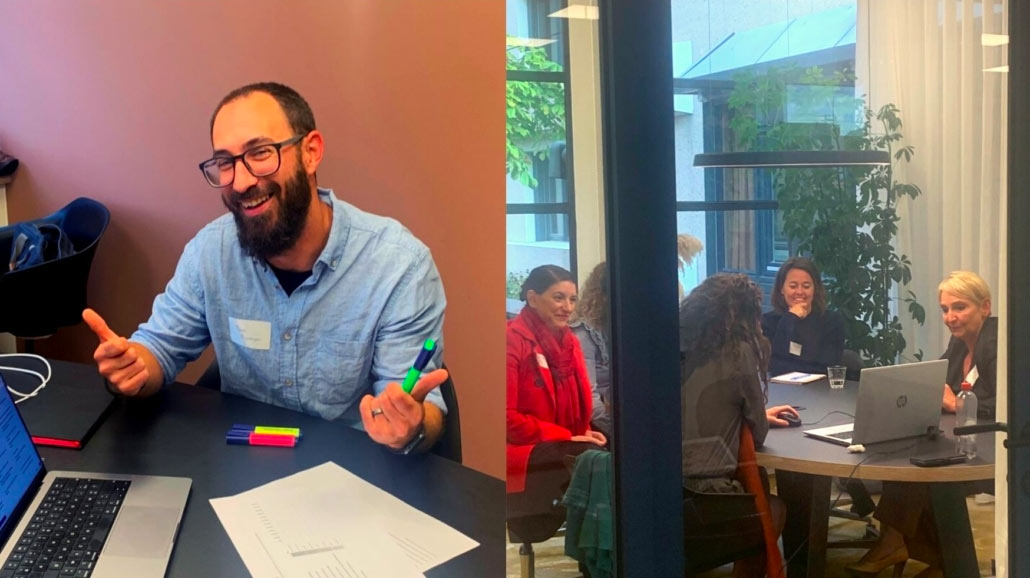
Organizational level
Program/project level
Individual level
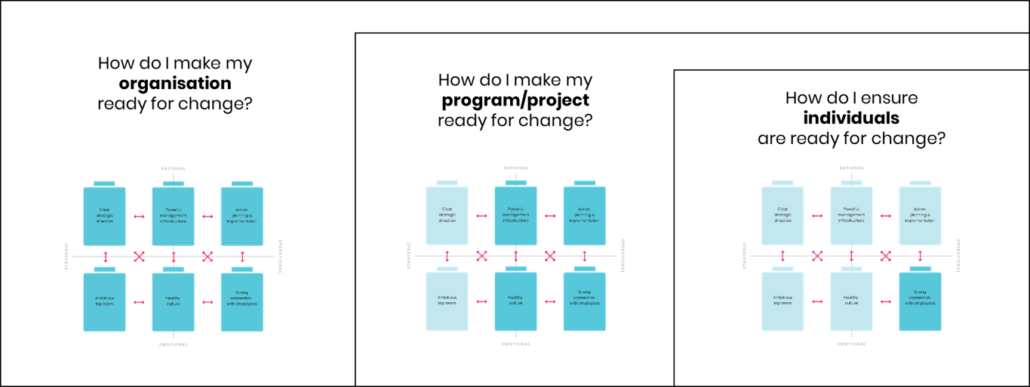
As a result, their approach enables top management, front-line managers and staff to successfully lead and implement business transformation. LQ relates readiness for transformation to the Six Batteries of Change. As we see in the figure above, transformation requires the charging up of energy on three levels: businesses must continuously charge all six batteries at the organizational level (where the ambitious top team and clear strategic direction are included), charge the remaining four batteries for projects, and charge the sixth battery for individuals (a strong connection with employees).
The impact of change on your business | Organizational level
The leading question concerning the first principle was: How are your batteries charged?
Following the Six Batteries of Change, this model shows how to develop transformational competencies by creating a more energized organization capable of dealing with faster and more complex change.
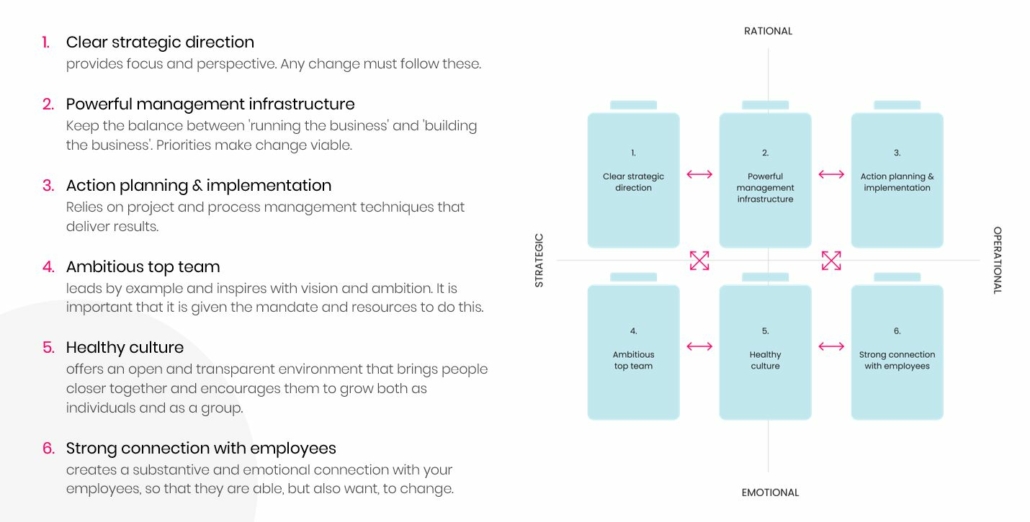
The first step of any effective transformation program is identifying how much energy you have in each battery. Eventually, the report of the model provides you with an overview of the energy status of all your batteries but also gives more detailed information on the energy level per battery. It lists the bright spots and the attention points for your change project and provides you with your scores on the most significant energy gainers and drainers. These insights are very helpful in successfully implementing a change process.
The impact of change on your program and projects | Program/project level
The questions that were leading regarding the second principle were:
- What is your most important change program?
- What is the nut to crack complicating delivery?
Once an organization has clearly defined its priority change projects and program, it’s time to move on an iterative journey of led-leader change in order to successfully deliver each change initiative. LQ relates the program/project level principle to the Transformation Program or Project Scan.
- Why and why now: does everyone understand why the change is needed and why now?
- Create the conditions: is your project/program set-up for success
- Leaders lead. Enablers enable: do key players act in line with their responsibilities?
- Make change happen: are we doing what it takes to really move from ideas to reality?
- Get change to stick: are we making sure that we are able to sustain the desired results?
This toolkit also identifies a number of “nuts” or common dilemmas that need to be “cracked” within the workplace in order to energize projects and programs for success.
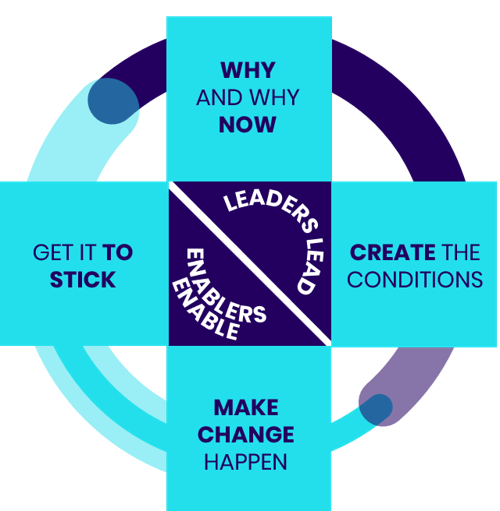
How does change impact each of us as individuals? | Individual level
Questions discussed regarding the individual level asked us:
- Do you have a change currently running through your organization?
- What is the pocket of change?
- How are people adapting to this change?
These discussions relate to more personal matters and ongoing changes that affect, for example, the capability of people to adapt and the potential positive and negative impacts of change on an employee’s mental health, their day-to-day concerns, and their feedback on change efforts among other aspects. LQ pointed out that successful changes depend on cultivating and sustaining commitment from all individuals who will be affected by change, from employees to executives.
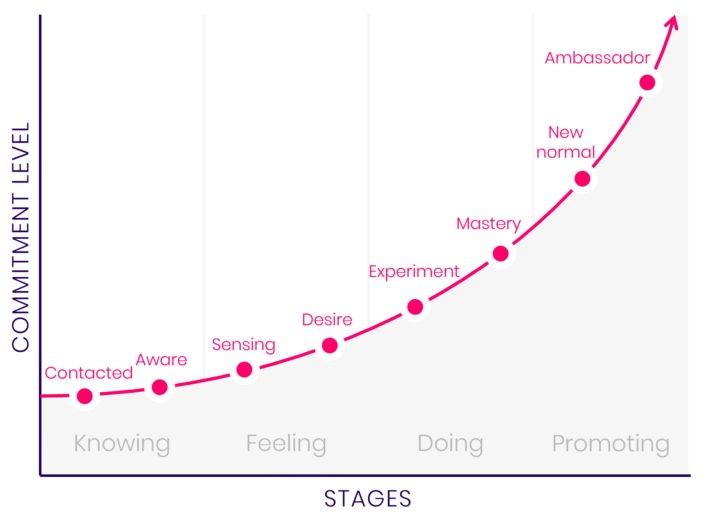
And you can build that engagement through a Commitment Ladder. This visual representation comprises four stages (to know, to feel, to do, to promote) that a person goes through during a full change process. LQ emphasized that you always start by ensuring that the first three stages of the ladder are firmly established. Only genuine ambassadors of change emerge and share their enthusiasm to promote the change and energize others.
Building change capabilities
Lastly, LQ invited us to think about how change capabilities are embedded in our own organizations today. To accelerate change within your organization and to achieve great business results, LQ provides practical applications, hands-on tools and inspirational case examples to successfully implement change initiatives and get them to stick.
LQ offers on-site training courses for professionals who want to create the positive energy required for change to be successful. Sustainable change efforts implemented holistically, at each level, allow us to accelerate with confidence into the (learning) curve while minimizing short-term performance impact. Applying the Six Batteries of Change model to these three levels provides the energy that your business, projects and employees need to keep their spirits up and sustain performance throughout a difficult period of transformation.
Does this theory and ideas about anchoring your in-house capabilities inspired you as much as it did us at the meeting of the Change Management Platform, and do you want to know more about it? Read more about LQ here.
Do you need help with your change & transformation challenges?
SPRING TODAY provides the Change & Transformation experts who speak the language of the organization and understand the challenges and complexity of the context. They connect, create movement and set a route to “the organization of tomorrow!’’
